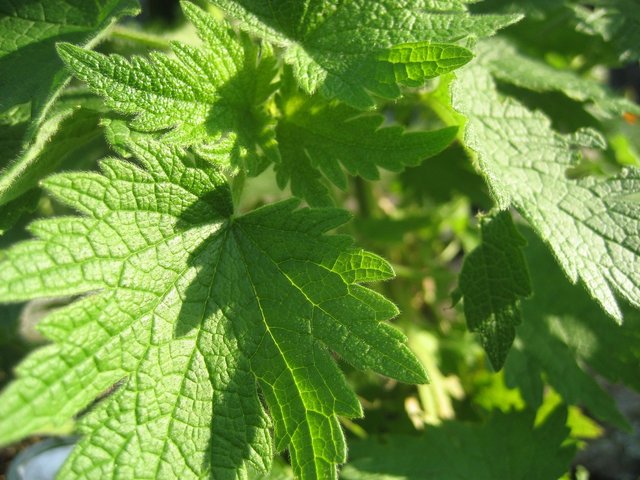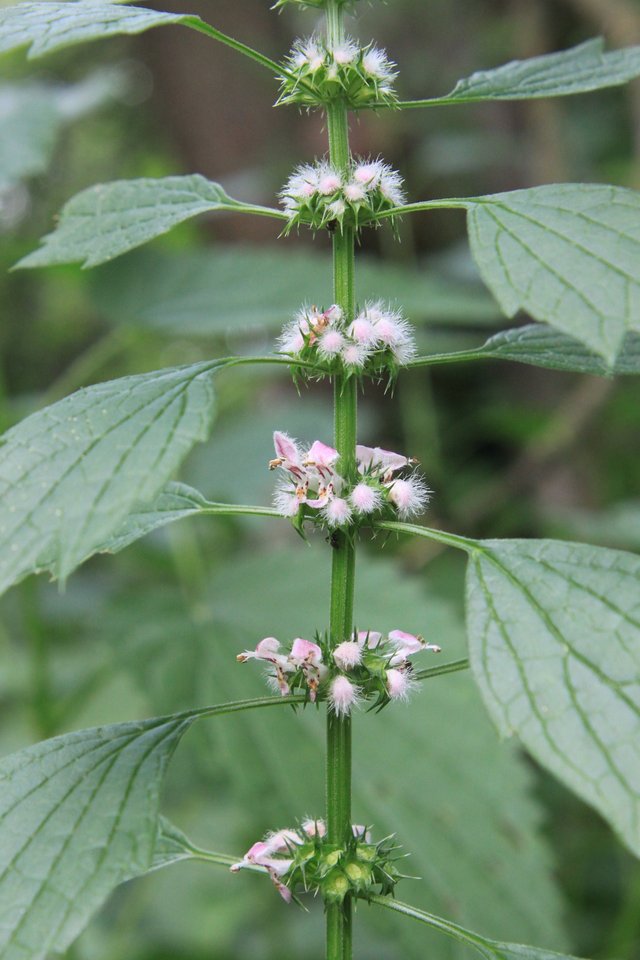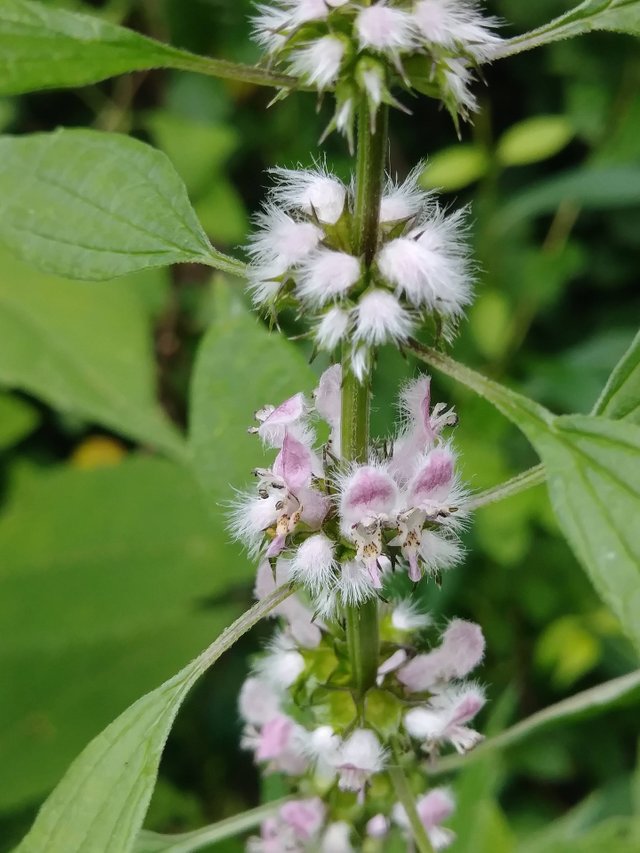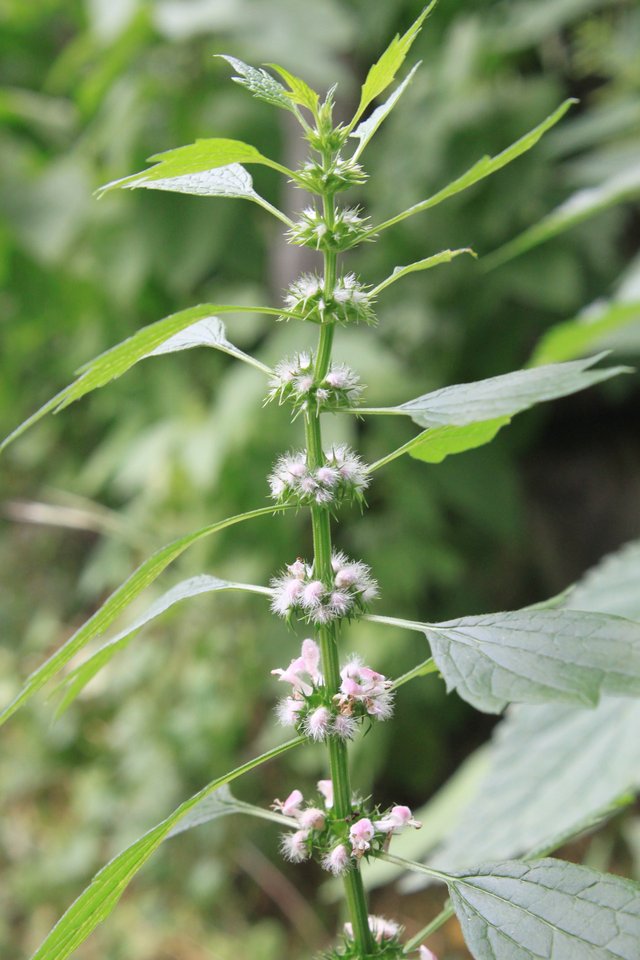THE HEALING PROPERTIES OF MOTHERWORT (Leonurus cardiaca)
For millennia, medicinal plants have thrived in various natural areas. Nevertheless, people do not know all the secrets that nature provides. It is not enough to know herbs and its general characteristics, but we also need to know when is the right time to harvest them. Today we will have a look at "Motherwort" (Latin name: Leonurus cardiaca), which belongs to the mint family.

Motherworth is a perpetual, verdant, straight and fanned stalk congested with hairs up to 130 cm in stature. The leaves are dim green outwardly and light green within, serrated and arranged the inverse. The blossoms are light purple, located on the upper leaves. The plant has a somewhat unsavory scent, and its usable parts are severe.

The plant is found in different pieces of North America and Eurasia. It flourishes with various kinds of land, frequently along various courses. Humus-rich soil is most appropriate to it, while it is less tolerant of earth soils that are wet. It doesn't require unique consideration for home planting as it is exceptionally versatile and shouldn't be watered every now and again aside from during dry seasons.

We gather her leaves and blossoms, which have mending properties, amongst June and September before the seeds mature and the plant sprouts. The stems of the plant are cut with the sickle, built-in with groups, flipped round and dried at the draft site. The blossoms and leaves are then expelled and embedded into disinfected booths for additional utilization as special arrangements.

Healing effects: regulates the heart rate, regulates blood pressure, cleanses blood vessels, regulates thyroid function, calms and relieves nervous tension and alleviates women's problems. The plant contains many ingredients such as: A Vitamin, alkaloids, flavonoids, leonurine, tannin, citric and oleic acid and essential oils. It can be made in the form of tea, syrup or tincture. Lemon and honey can be added to all forms to reduce the bitter taste.
From the plant we can make a mixture with different herbs from dried leaves and flowers. With a spoonful of dried leaves and flowers, half a glass of hot water we can prepare the medicine, that is then consumed three tablespoons each day. Tincture drops can be taken three times a day for 30 drops. However, preparations based totally on the described plant are now not advocated for pregnant female and young mothers, mainly when taking other medicines.

One interesting thing to mention is the Motherwort story:
Theophrastus, an ancient Greek philosopher, and Dioscorides, a Greek pharmacist, prescribed the herb as a medication for the stomach, however, then in the Middle Ages it was once also prescribed to enhance the human heart condition.
It can be stated that Motherwort is a plant that helps with many health problems and is consequently noteworthy for a deeper observation.
A disclaimer: IT IS STRONGLY RECOMMENDED THAT YOU DISCUSS ALL INFORMATION REGARDING WITH HERBS WITH YOUR DOCTOR OR PHARMACIST BEFORE ANY USAGE!
ALL SOURCES: https://www.amazon.com/Handbook-Medicinal-Herbs-James-Duke/dp/0849312841 & https://www.amazon.com/Mosbys-Handbook-Herbs-Natural-Supplements/dp/0323057411/ref=sr_1_1?keywords=Mosby%27s_Handbook_of_Herbs_%26_Natural&qid=1577628504&s=books&sr=1-1